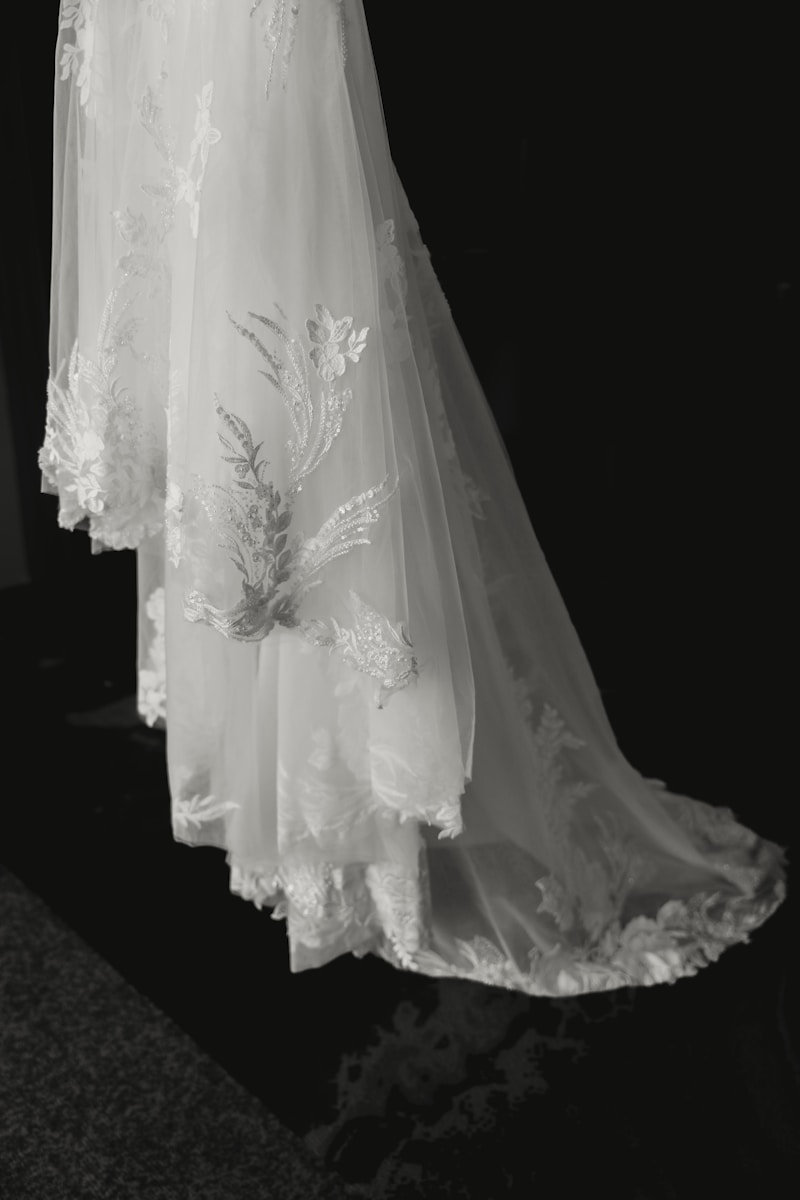Exploring Historic Bridal Fashion Trends Revisited
Exploring Historic Bridal Fashion Trends Revisited
Bridal fashion has always been a captivating topic, reflecting cultural shifts, societal values, and artistic expressions through the ages. As modern brides look back over the years, many are inspired by the historic bridal fashion trends that have shaped wedding attire. In this article, we will delve into notable bridal styles from different eras, explore what makes them timeless, and provide insights into how today’s brides can incorporate these trends into their special day.
A Journey Through Time: Iconic Bridal Fashion Eras
When we think of bridal fashion, several key eras stand out, each characterized by distinct styles, fabrics, and aesthetics. Below is a brief overview of some iconic bridal fashion trends over the decades:
| Era | Key Features |
| Victorian Era (1837-1901) | Elaborate gowns with lace, high collars, and long trains. Brides often wore darker colors, commonly using rich fabrics like silk and velvet. |
| Roaring Twenties (1920s) | Simplicity and elegance with straight, drop-waist silhouettes adorned with beadwork and fringe, reflecting the flapper style. |
| Post-War Glamour (1950s) | Full skirts and fitted bodices were popular, often incorporating tulle and lace. The iconic silhouette was influenced by Christian Dior's ‘New Look’. |
| Bohemian Chic (1970s) | Free-spirited styles featuring flowing fabrics, floral crowns, and off-the-shoulder designs became staples for unconventional brides. |
| Modern Minimalism (2000s-present) | Simplicity reigns with clean lines, sleek silhouettes, and minimalist designs that emphasize elegant fabrics and understated embellishments. |
Bridal Inspirations from Iconic Figures
Throughout history, several renowned figures have profoundly influenced bridal fashion trends. Their styles have become enduring symbols for modern brides seeking inspiration. Here are a few noteworthy examples:
Queen Victoria: The White Wedding Dress
Queen Victoria is often credited with popularizing the white wedding dress when she wed Prince Albert in 1840. The dress was made of white silk satin and adorned with Honiton lace, setting a precedent for future brides. Today, the white wedding dress remains a beloved classic, symbolizing purity and new beginnings.

Grace Kelly: Timeless Elegance
Actress Grace Kelly dazzled the world with her elegant wedding dress designed by Helen Rose when she married Prince Rainier III of Monaco in 1956. The gown, made of ivory silk faille and adorned with lace, continues to inspire brides seeking a regal look. Accessories such as a delicate tiara and stylish veil are key components of this timeless ensemble.
Reviving Historic Trends: How to Incorporate Them Today
As we revisit historic bridal fashion trends, many brides are keen to incorporate vintage elements into their weddings. Here are some practical tips on how to do this:
1. Mix and Match Eras
Don’t feel limited to one specific era. Modern brides can create unique looks by combining styles from different periods. For instance, pairing a vintage lace top from the Victorian era with a sleek, minimalist skirt can result in a stunning contemporary outfit.
2. Choose Iconic Fabrics
Opt for fabrics that were popular in the era you admire. Lace, silk, and tulle are timeless choices that have remained fashionable through the years. Consider a bridal gown made of soft satin or embroidered lace to emulate a historic vibe.
3. Accessorize Wisely
Accessories play a crucial role in capturing the essence of historic bridal fashion. Floral crowns can evoke a bohemian spirit reminiscent of the 1970s, while a vintage brooch or pearl necklace can add a touch of elegance from the 1950s.
4. Personalize Your Look
Each bride has her unique style. Incorporate personal elements, such as family heirlooms or custom designs, that reflect your individual personality while resonating with historic trends.
The Role of Color in Bridal Fashion
While white remains the most popular choice for wedding gowns, many brides today embrace color to express their individuality. Pastel tones, soft blushes, or even bold shades can be reminiscent of different historic trends. Remember:
- Colored Gowns: Consider soft hues inspired by the Victorian era that use shades like cream or light pink.
- Accent Colors: Introduce color through sashes, bridesmaids' dresses, or floral arrangements, echoing the vibrancy of the 1920s.
- Mix and Match: Allow bridesmaids to wear different colored dresses for a modern twist that still draws from historical inspiration.
Final Thoughts: Embracing History in Modern Weddings
Revisiting historical bridal fashion trends allows modern brides to engage with the rich tapestry of wedding attire’s past. By drawing inspiration from iconic styles and influential figures, each bride can create a personal and memorable statement on her special day. Remember to consider how different elements resonate with current trends while providing a nod to the past, embracing both modern elegance and timeless classics.
As you plan your bridal look, keep in mind that the best dresses are not necessarily those that are solely reliant on the past or future but rather reflect your unique story as you step into a new chapter of life. With careful consideration and a thoughtful approach, you can select a gown that pays homage to historic bridal fashion yet stands distinctly in its contemporary beauty.
